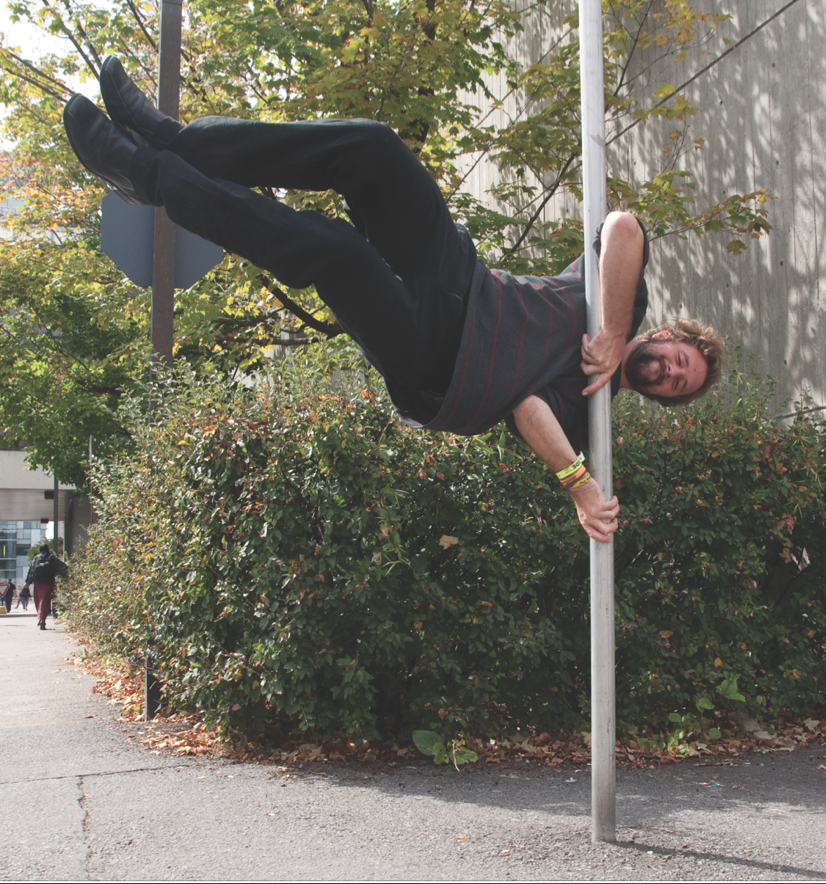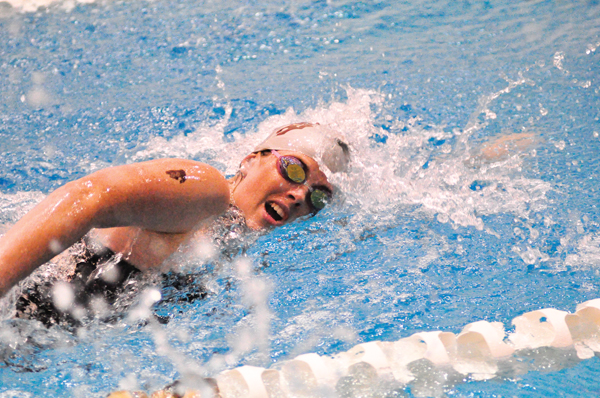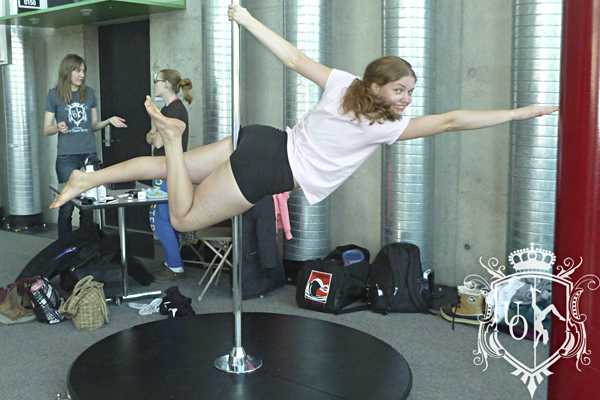Various levels of class(es) in pole fitness make it easier to learn
THERE ARE NO body types that can’t adhere to the requirements of this active and lively form of athleticism. The interesting question is whether or not just anybody can pick it up.
Pole dancing finds its origins in an Indian sport called mallakhamb. This sport centred on displays of raw strength and balance and involved ropes as well as wooden poles.
The poles were not always planted in the ground; they also hung from loosely tethered ropes.
The thought of pole dancing may seem rather intimidating, but like all sports, practice makes perfect.
“Your body becomes accustomed to pole dancing,” says Theresa Taylor, recent event management graduate from Algonquin College. “Anyone can gain their skills by working hard at it and learning.”
There are classes offered to learn pole dancing—also commonly referred to as pole fitness—which range from levels one to 10. Each level is meant to build on the previous. After level 10, there are advanced classes.
There is also a club on the University of Ottawa campus that will provide students with lessons hosted by paid professionals and equipment use for a membership fee of $20. The University of Ottawa Pole Dance Society is open to all levels of dancers, and is a great way to learn the sport and have fun.
“[Some studios] start with muscle training exercise,” explains Kendra Baker, a social work graduate from Carleton University, “they’ll mask it as fore work.”
Others simply offer flexibility, muscle and conditioning classes as additions to the main pole dancing classes.
It is clear that this sport is geared towards training. At a more competitive level, pole dancing can involve a masterful degree of athleticism and incredible coordination.
“I’m doing stuff I never thought I could do which is pretty sweet,” says Baker. She says top-level competitors in the sport can do mind-blowing techniques and tricks.
“It’s gymnastics on a vertical pole,” says Taylor.
There’s something more to it than just swinging around on a pole. With practice, it’s not just the body that becomes accustomed to the pole; the mind also becomes more aware of where it is and how the body will move.
Naturally, with the progression from raw strength to coordinated awareness, the sport of mallakhamb certainly gave way to an entertaining and alluring activity. f





